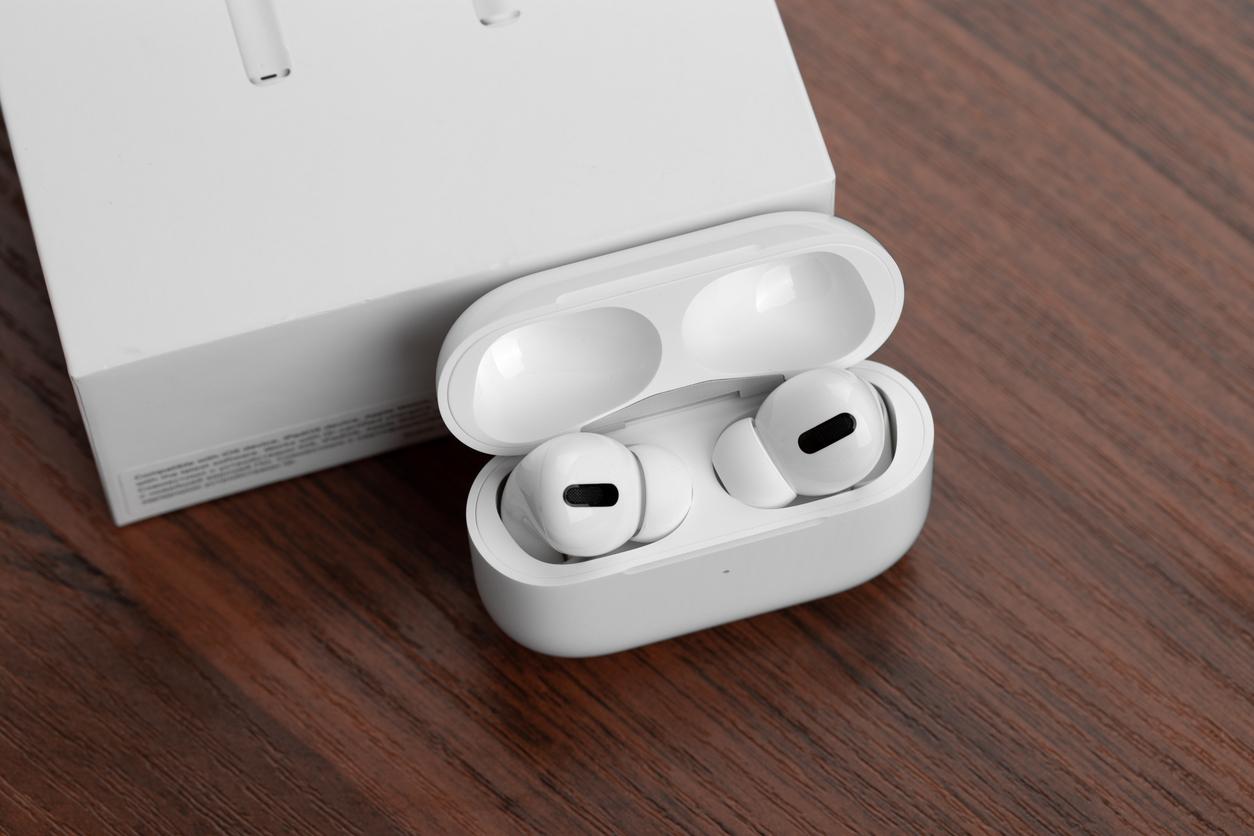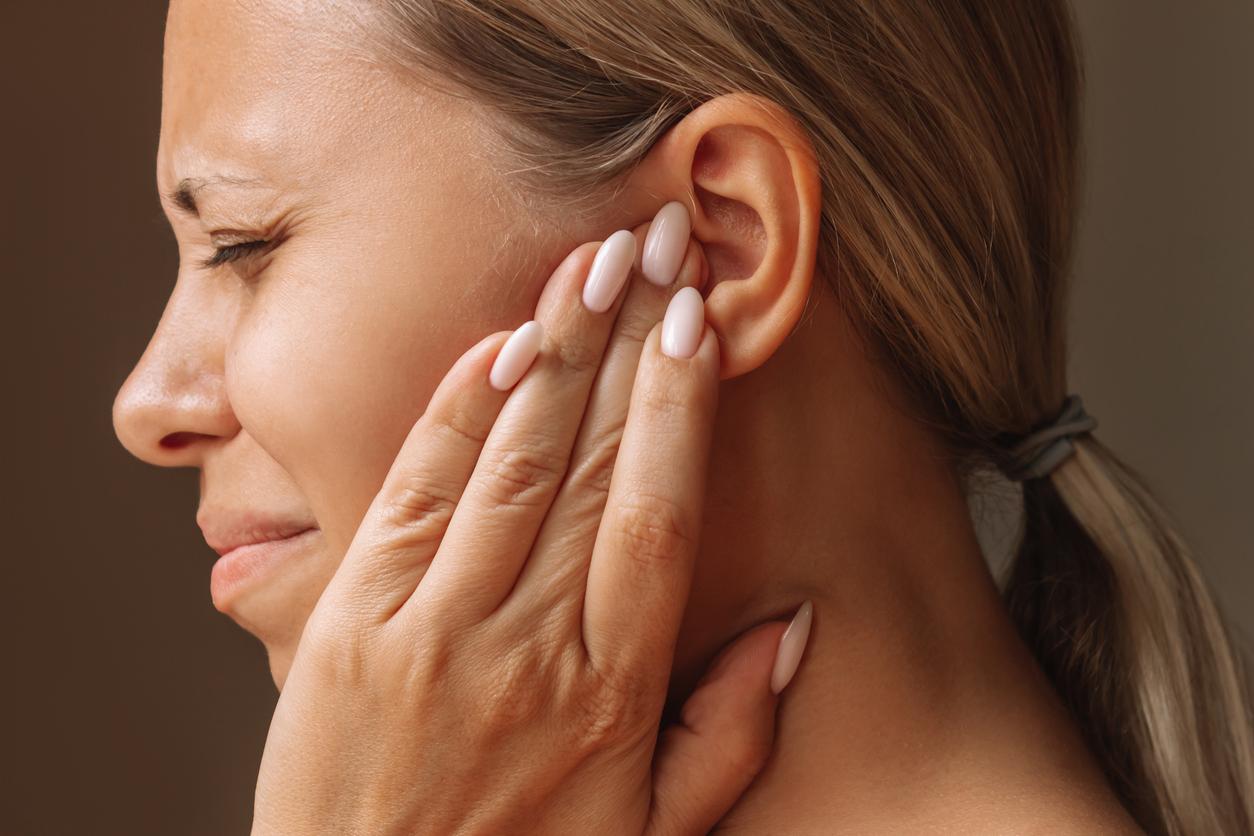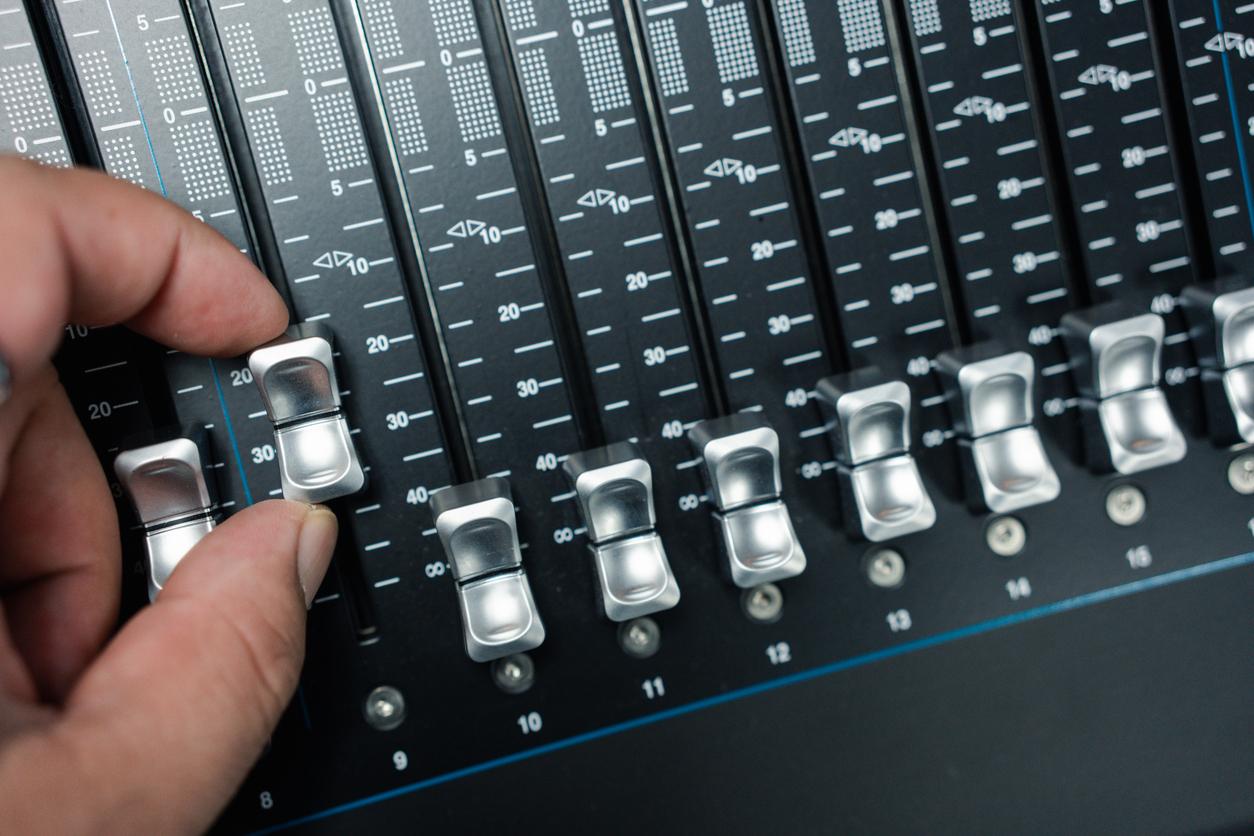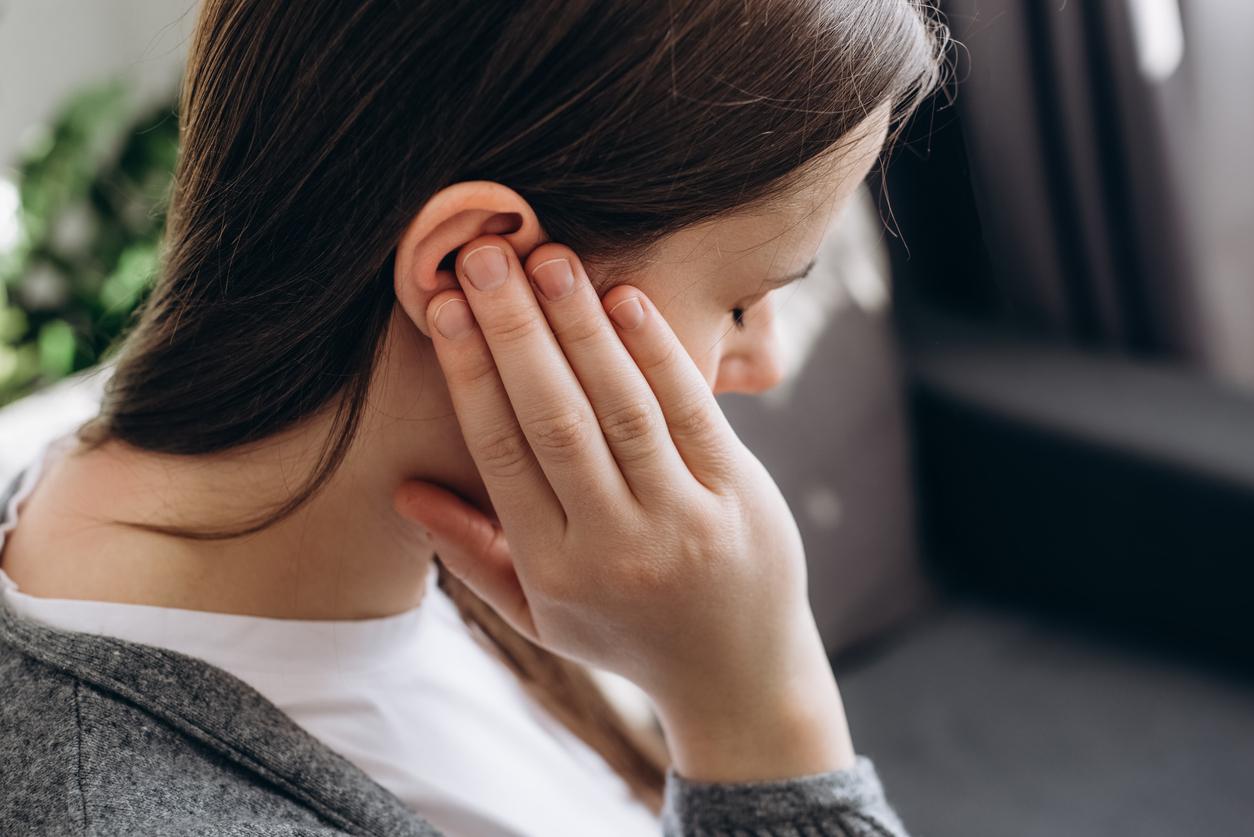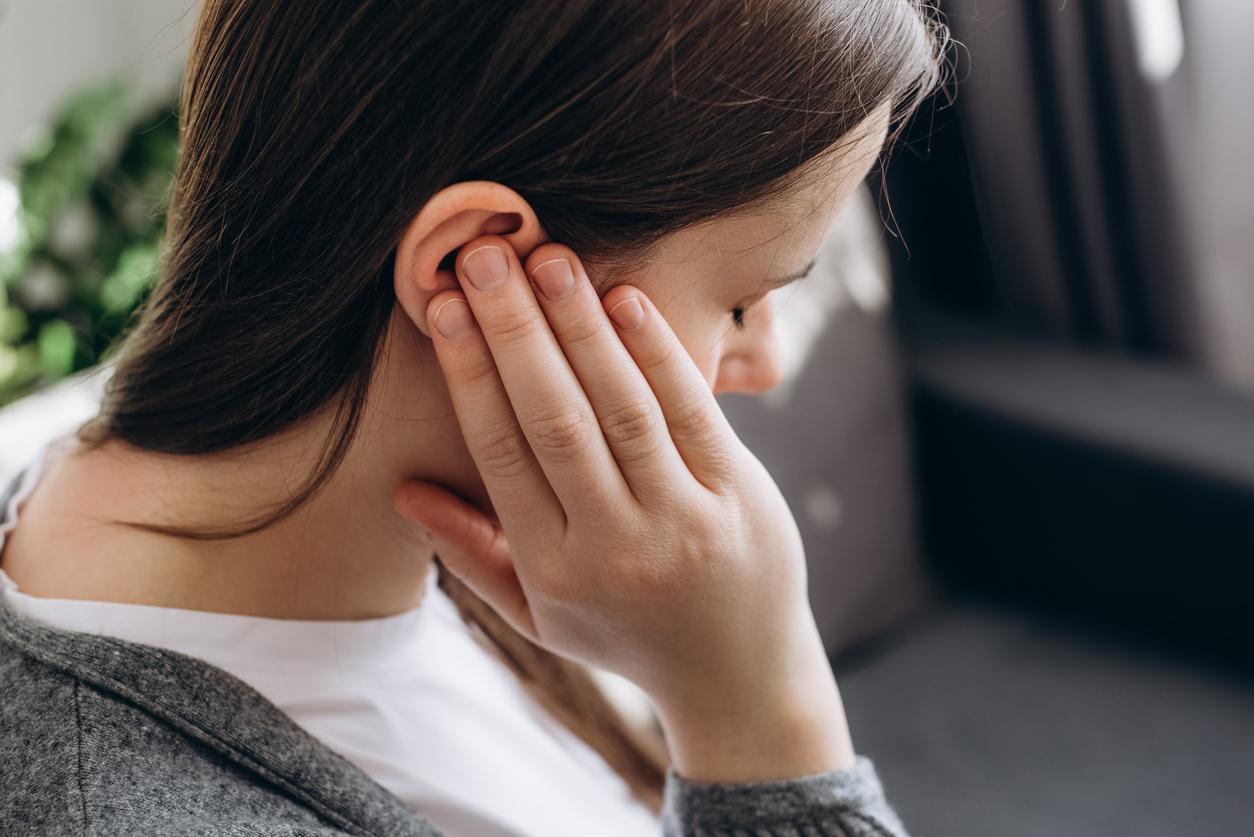American researchers discover the molecular mechanism of noise-induced hearing loss and find a way to alleviate it.

- Noise-induced hearing loss is caused by cell damage in the inner ear associated with excess free-floating zinc.
- Experiments on mice showed that, thanks to drugs that trap excess zinc, they were less prone to hearing loss.
- Now, scientists are developing a treatment to make it available to prevent hearing loss.
After being exposed to loud noises at a concert, some people notice a decrease in their ability to perceive sounds, others hear buzzing or whistling sounds generated spontaneously in the auditory pathway, without them coming from the ‘outside. Hearing loss and tinnitus affect the quality of life of affected adults. Thus, scientists from the University of Pittsburgh (United States) wanted to know more about the biology of hearing.
Hearing loss: cell damage in the inner ear associated with excess floating zinc
In a study, published in the journal Proceedings of the National Academy of Sciences, they attempted to determine the biological mechanisms of hearing loss and tinnitus in order to promote the development of effective and minimally invasive treatments in the future. For the purposes of the work, the team carried out experiments on mice and on cells isolated from the inner ear.
According to research, a few hours after being exposed to loud noise, the zinc level in the inner ear of rodents increased significantly. Exposure to loud noise led to a strong release of zinc, a mineral essential for proper cellular function and hearing, into the extracellular and intracellular space. This caused cell damage and disrupted normal cell-to-cell communication.
Medications that trap excess zinc help restore hearing
Next, the authors found that drugs acting as molecular sponges trapping excess zinc could help restore lost hearing. If administered before expected exposure to loud sound, they could also protect against hearing loss. Faced with these promising results, Researchers are currently developing a treatment that will be tested in preclinical safety trials with the goal of making it available as a simple, over-the-counter option to prevent hearing loss.













